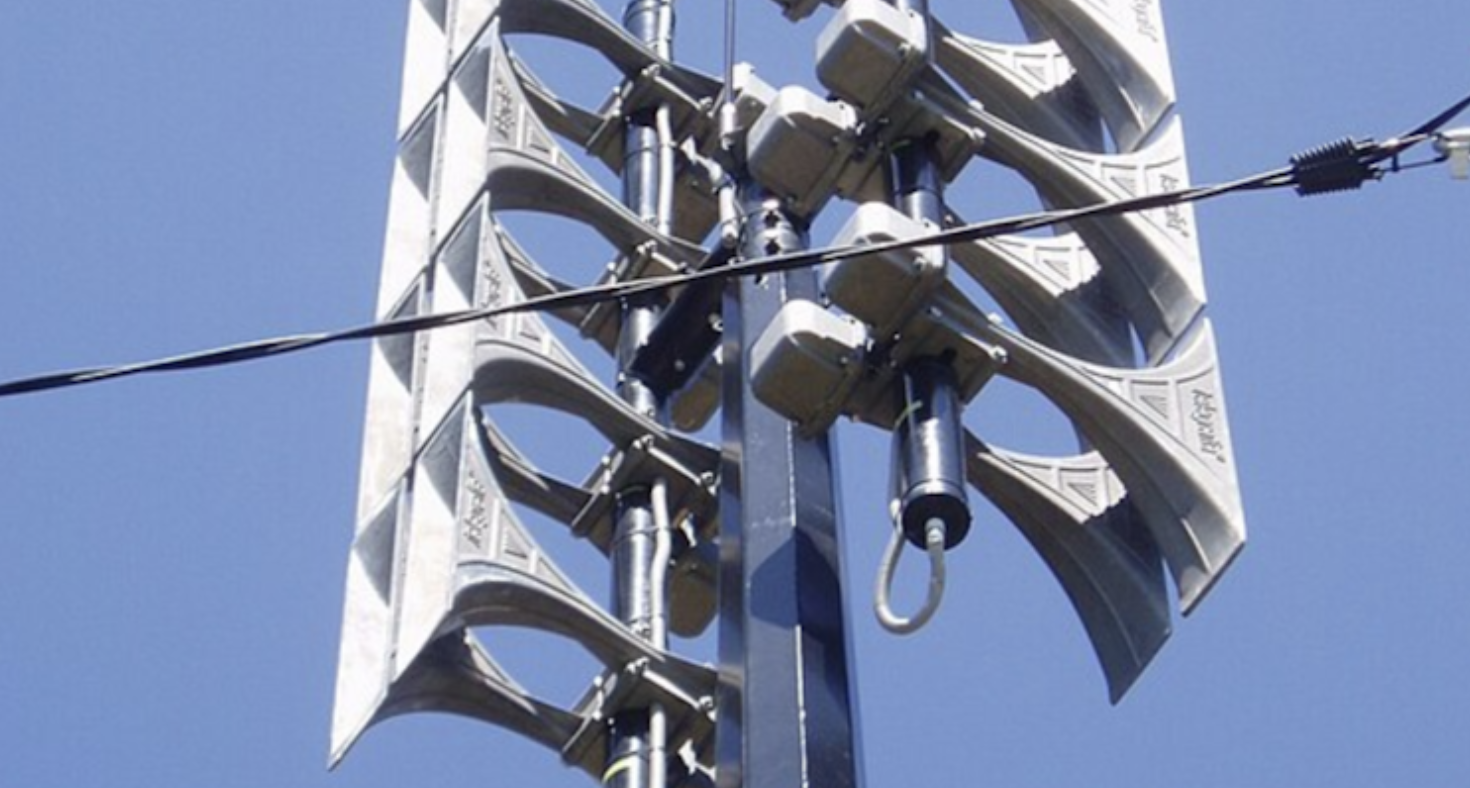
"The tragedy in Kerr County stemmed from a failure not only in forecasting severe weather but also in government action that could have mitigated the disaster. Insufficient infrastructure, alongside a reliance on outdated methods, led to loss of life during the flooding."
"In San Francisco, extreme temperature variations between neighborhoods create significant risks. With only three federally operated weather stations, large areas of the city remain vulnerable to unpredictable heat waves, leaving residents without proper alerts."
"Apps providing local temperature readings are often based on unverified data, leading to discrepancies that can hinder emergency response efforts. In critical situations, such inconsistencies can result in delays, confusion, and pose serious threats to life."
"Despite rising temperatures and increased risks, San Francisco's warning system remains insufficient. The onus of staying informed falls on residents without an adequate, citywide alert system in place, particularly impacting seniors and those without smartphones."
Torrential rains in Kerr County, Texas, resulted in a devastating surge of the Guadalupe River, leading to the deaths of at least 100 individuals. Failures included inadequate government action and outdated warning systems. In contrast, San Francisco faces climate risks, particularly extreme temperature fluctuations. With only three weather stations monitoring the city, many neighborhoods experience dangerous heat without proper alerts. Innovative apps provide temperature readings but often use unreliable data, delaying emergency responses. Six years later, San Francisco hasn't developed an effective warning system, leaving residents vulnerable, especially those without access to technology.
Read at 48 hills
Unable to calculate read time
Collection
[
|
...
]